10 Of The Craftiest Predators Found In Nature
Animals, Lists, Nature, Other, Shocking, WeirdNature has certainly provided many ingenious hunters. While these animals may inspire a sense of discomfort or creepiness, we can’t really blame them: animals have to eat, after all. The following list comprises several examples of cunning hunters, those that utilize an almost human-like intelligence to herd, trick, and eventually take down their prey. And if you happen to come face to face with some of these hunters in nature, it’s best you go the opposite way.
Dolphins

Dolphins work amazingly well together when its hunting time. The pods they form consist of around 500 dolphins, and they communicate with clicks and squeals while they hunt. They are adept with echolocation, and herding and corralling are their two main hunting strategies. Because they’re such social creatures, they take turns when it’s feeding time.
Chimpanzees

Chimps don’t just sit around munching on bananas all day; they’re actually huge fans of meat-eating. They’ll even offer meat to forge political bonds or to impress females for the sake of intercourse. Their hunts can last for days, and they hunt in packs usually led by a skilled stalker.
Hyenas
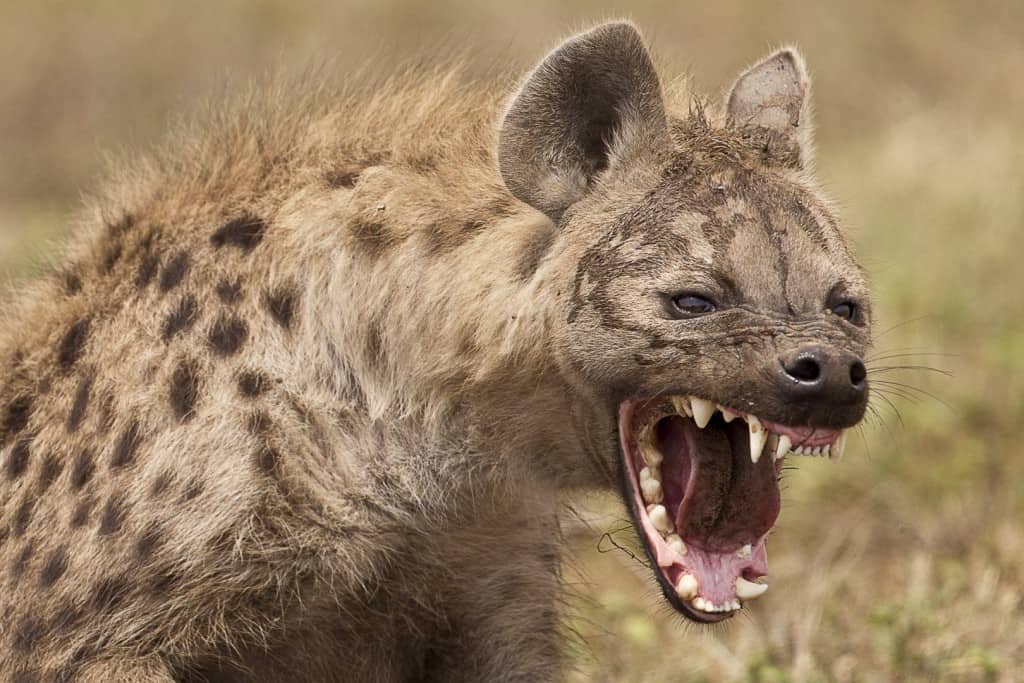
Hyenas are incredibly cunning. They hunt in packs led by a female, and they like to hunt when prey are likely to make mistakes, like at night or during storms. What’s more, hyenas’ hearts are twice the size of lions, so they’re excellent runners and sometimes rely on persistence hunting.
Crocodiles
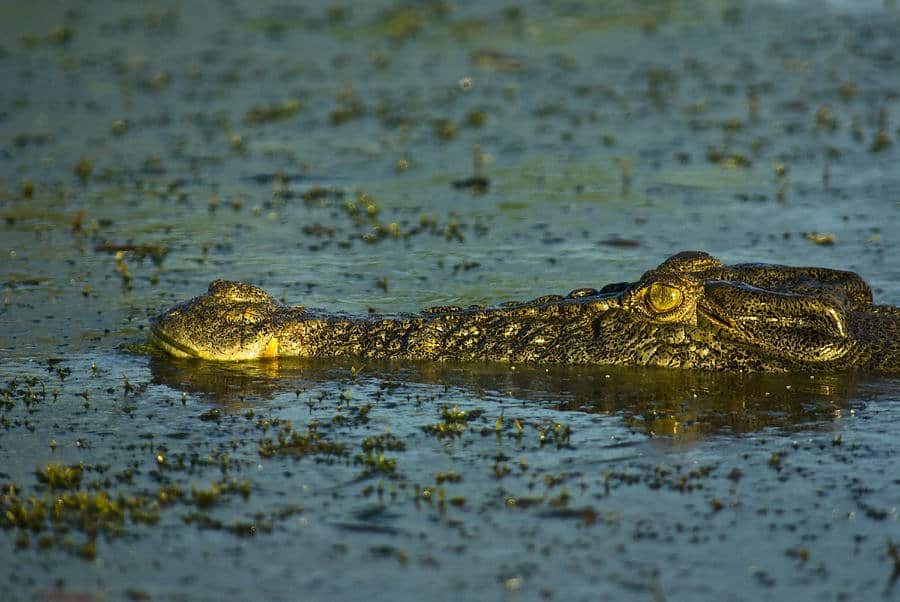
Crocodiles sometimes cooperate to take down larger prey, and sometimes they’ll work together to carry away dismembered parts of a target. They are ambush hunters, waiting at places like a river or pond’s edge for prey to come close. They have the strongest jaw and bite out of all known animals, and they kill their prey by spinning around to break the prey’s body.
Sharks
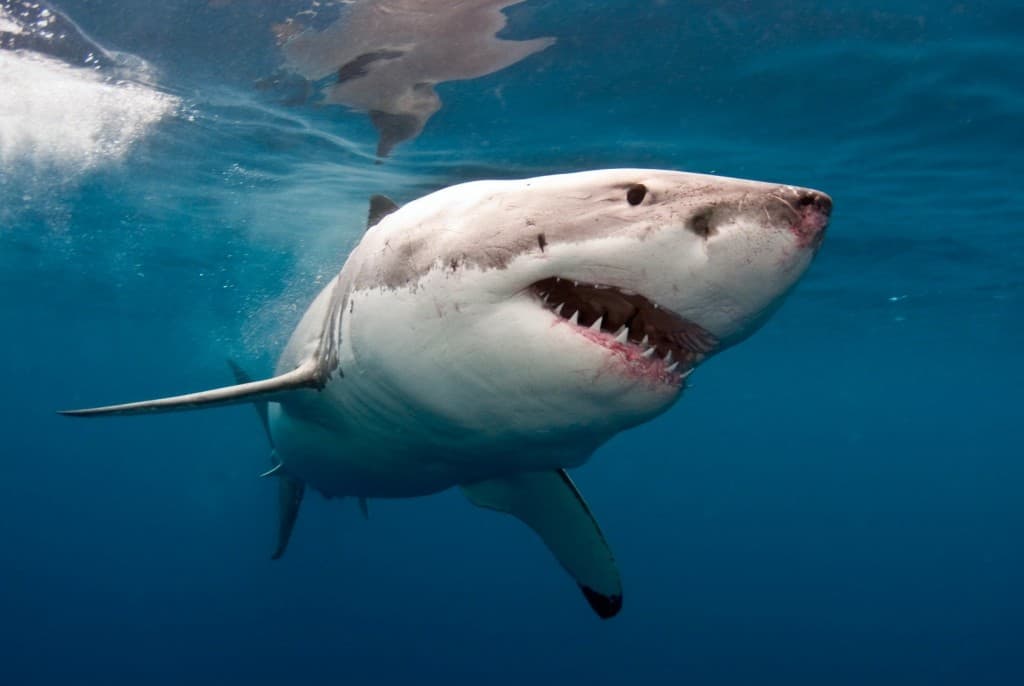
Everyone knows sharks are lethal. They have an extraordinary sense of smell. Some researchers have claimed Great White sharks, in particular, have killing habits like human serial killers. Sharks are adept at stalking prey; they can keep track of prey nearly 330 ft. away.
Glow Worms
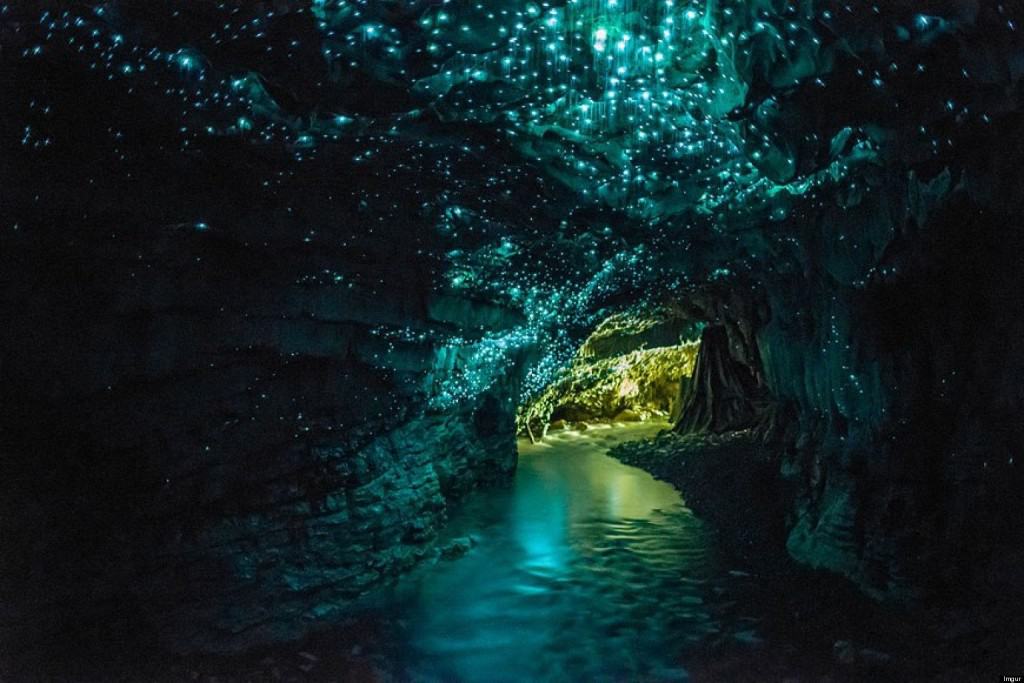
Many insects actually navigate nocturnally by the light of the stars. Glow worms take advantage of this, as they mimic a starry night-time sky. They essentially function like a candle or lantern, summoning insects to their doom. When flying insects get close or make contact, the glow worms reel them in with slimy tentacles.
Killer Whales

Killer whales have been called “the wolves of the sea” because they hunt so effectively in groups. What’s more, they like to play with their victims: they’ll toss, slap-stun, and torture, and they do so to avoid injury to themselves.
Portia Spider
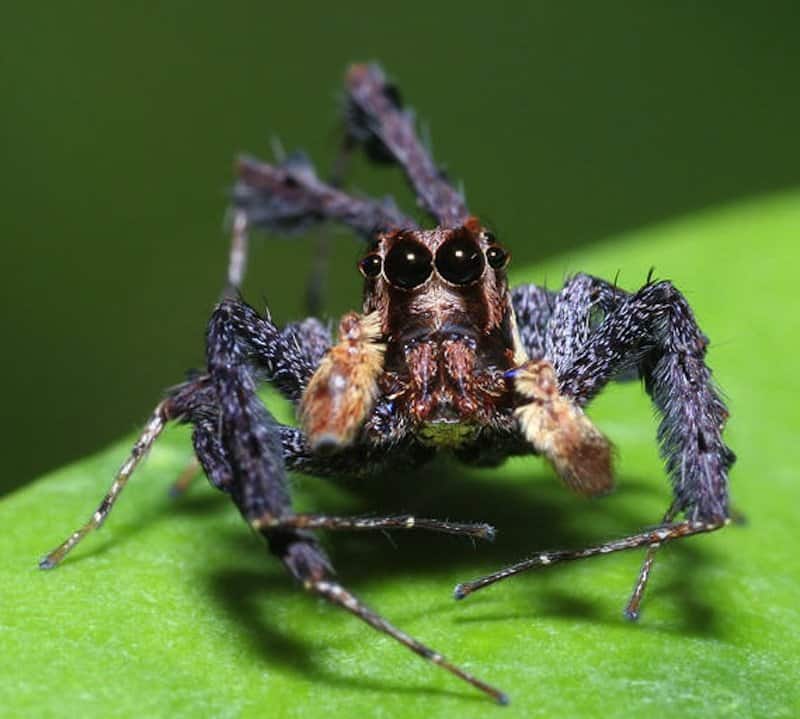
Portia spiders are creepy and ingenious. They hunt other spiders, and they do so with subterfuge. They’ll pretend to be an incapacitated insect, only to quickly sting their targets. They’ll even strum on the web of another spider to trick it into believing a fly has been caught, then strike from behind. And what’s most clever is that portia spiders build their own webs attached to other spiders’ webs!
Trapdoor Spider
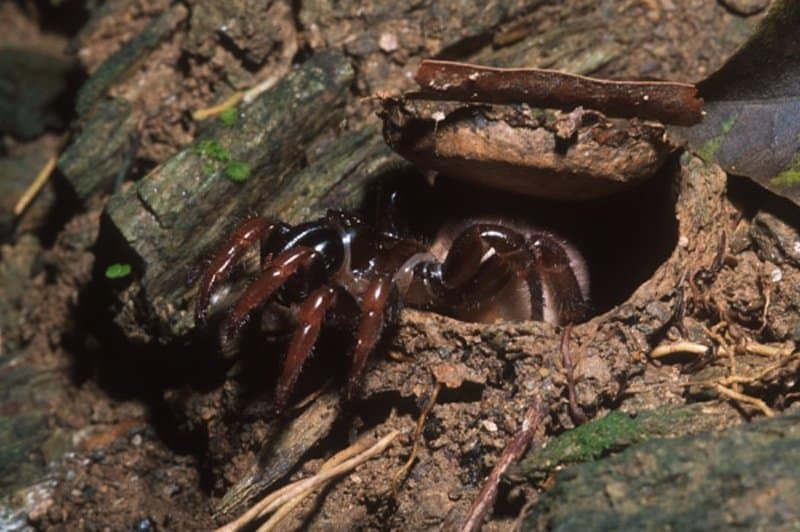
These spiders live fairly reclusive lives. They make camouflaged burrows, which they arm with “trip-wires” made from webbing. While waiting, they keep two claws on these wires to detect any disturbance that prey might make. Once prey is within range, the trapdoor spider will strike with its sharp fangs.
Wolves
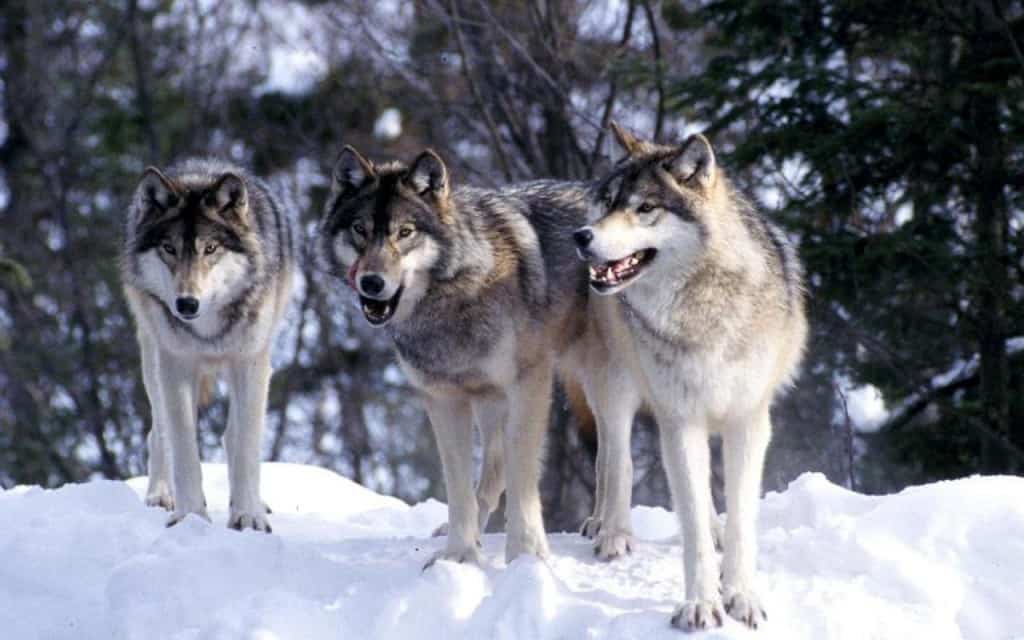
Wolves hunt in packs, and each hunt is a masterfully orchestrated event. They are keen opportunists, sometimes taking days to gauge their prey. Within the packs, certain roles are relegated to particular wolves, such as when lighter, agile females mainly focus on being decoys and herding. What’s more, they are able to utilize the terrain, such as when they herd a target into deep snow drifts.



